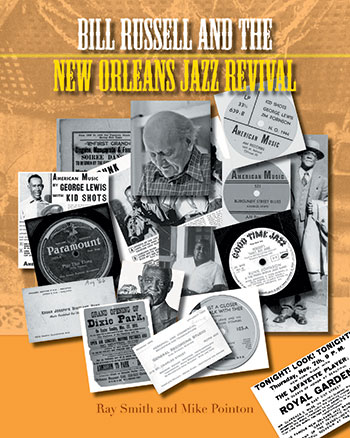Reviews
Scrupulously researched and deftly organized, Con Chapman’s Kansas City Jazz both synthesizes and enhances our understanding of jazz in this formative location. The information about Jelly Roll Morton is particularly welcomed, but every chapter provides valuable discussions from both musical and historical contexts. Chapman has a gift for simultaneously humanizing legendary figures and elevating awareness for so-called minor players, and the result is a fluid, energized jam session.Sascha Feinstein, editor of Brilliant Corners: A Journal of Jazz & Literature
The jazz that emerged in Kansas City in the 1920s and 30s was as beloved as it was influential. In the neighborhood of 18th and Vine, Bennie Moten, Count Basie, Mary Lou Williams, and Charlie Parker pioneered a style that would set the tone for the Swing Era—and well beyond. With great thoroughness, Con Chapman brings to life the music and personalities of these and other figures who once called Kansas City home.
John Check, Professor, University of Central Missouri
A fresh and enlightening look at the jazz of the American Southwest that reached its culmination in Kansas City in the nineteen-twenties and thirties, with new historical research into the origins of the music that developed out of ragtime into bebop.
Terry Teachout, author of Duke: A Life of Duke Ellington and Pops: A Life of Louis Armstrong
Chapman profiles some of the most important and under-credited figures in ragtime, blues, and jazz music to come out of our home state. The book also places the development of jazz music into a greater historical context, taking into consideration how gender and race dynamics and ideas of propriety in the U.S. at the time were challenged by the new genre.
The Pitch, Kansas City








